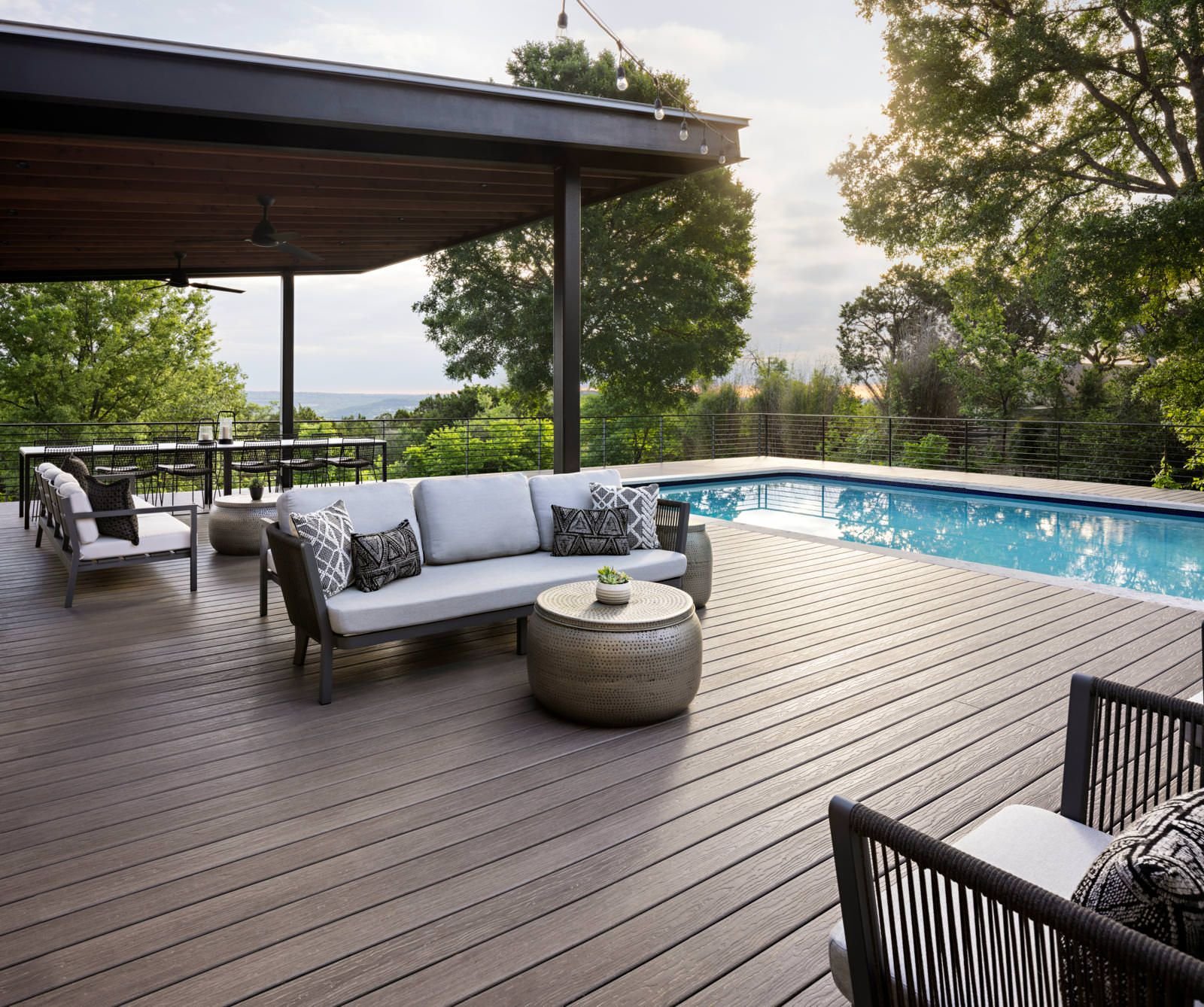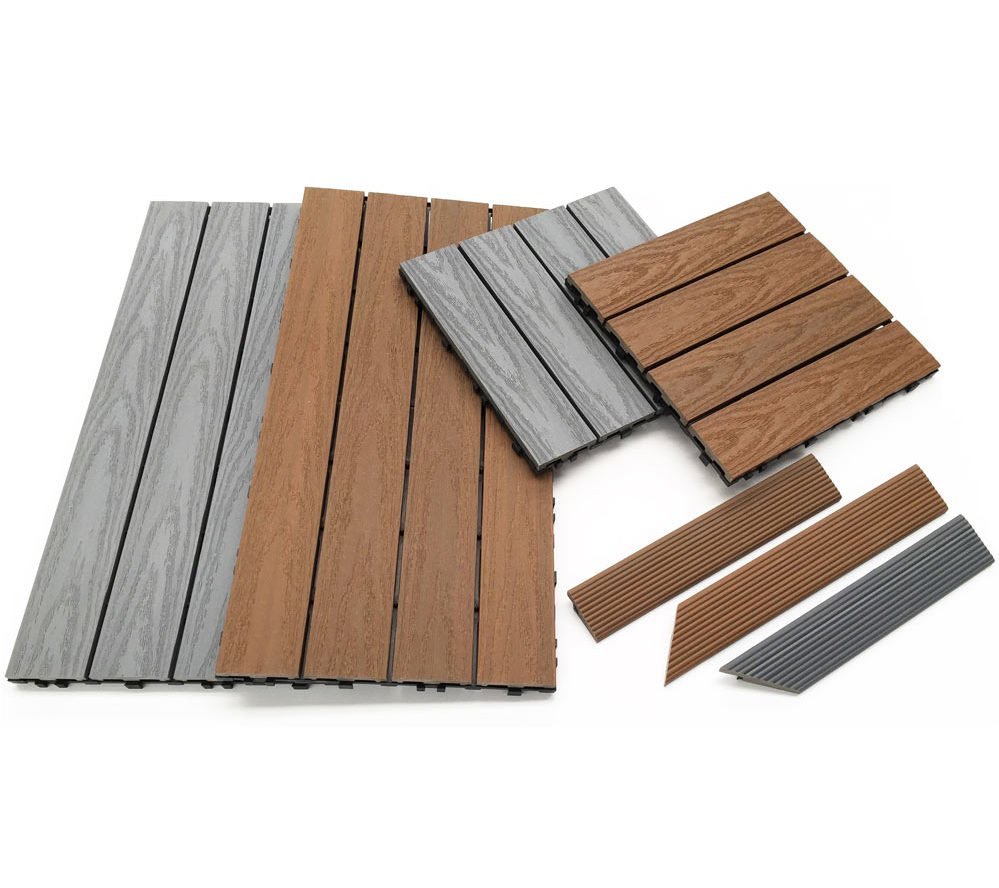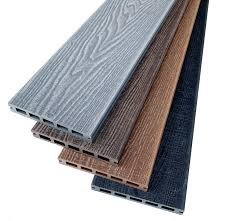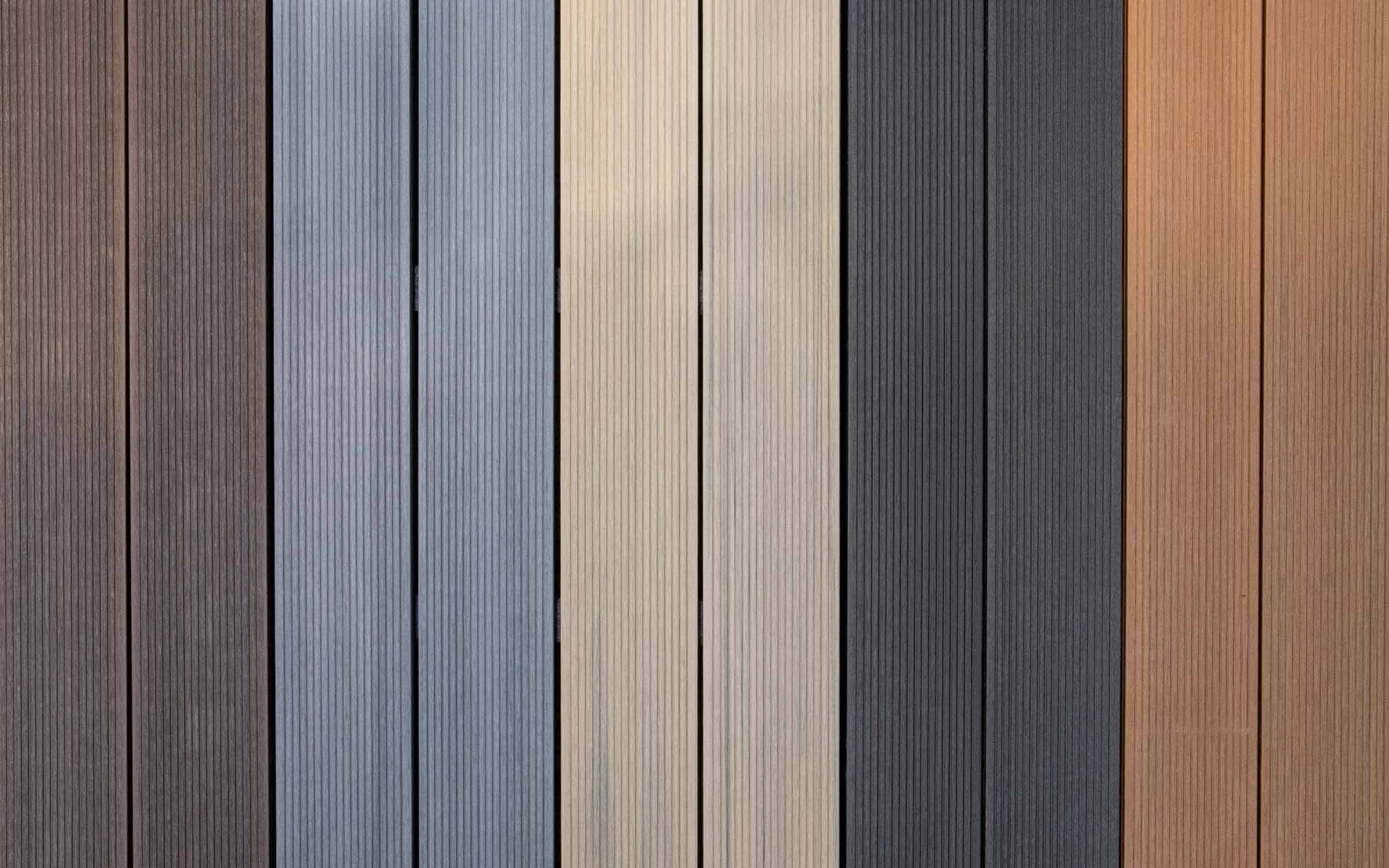
Composite Decking
Composite decking is a durable, low-maintenance alternative to traditional wood decking, made from a blend of wood fibers and plastic, offering benefits like resistance to rot, decay, and insects, and requiring less staining and sealing.
What you’ll get
-

✺Less maintenance✺
Composite decks do not require regular sanding, painting, sealing or varnishing as wood or lumber decking would.
-

✺UV resistant✺
Composite wood-plastic boards have an increased resistance to fading when exposed to UV in comparison to natural wood decks.
-

✺Low-slip✺
When installed with the narrow groove side up, composite boards have a lower slip risk than treated lumber boards.
-

✺Realistic Grain Patterns✺
Embrace the textured look of real wood thanks to grain patterns ranging from classic cathedral to uniquely hand-scraped.
-

✺Color Options✺
Gone are the days when composite decking was limited to an artificial, plastic look. Today, manufacturers offer a wide variety of colors and finishes, allowing homeowners to choose a deck that truly complements their outdoor space.
-

✺Longevity✺
Composite decking is renowned for its long lifespan. Unlike traditional wood, it is highly resistant to rot, warping, and insect damage, ensuring it retains its quality over many years.









Fasteners
Hidden Fasteners
Hidden fasteners are specialized hardware used to join materials, particularly in decking, without visible screws or nails on the surface, creating a clean aesthetic. They secure boards from the sides or underneath, often utilizing clips or screws concealed by plugs.
Deck Screws
Composite deck screws with plugs are a hidden fastening system that uses screws driven into the deck boards, then covered with matching plugs for a flush, seamless finish, eliminating visible screw heads
✺ Frequently asked questions ✺
-
Each brand has its own proportions for composite boards. Most manufacturers offer boards of 12, 16 or 20 feet. Please note that the length of the boards is different in each collection.
-
Often homeowners want to replace old wooden boards with new composite boards. It is possible to do it yourself. This will require tools and new boards. To replace it, you need to remove the old board and put a new one in its place. We do not recommend installing new material over the old one, as this will significantly reduce the life of the deck.
-
Composite decking is covered with a protective layer that protects it from scratches. However, the coating cannot protect against everything, so we recommend that you take care of it. So, if you have furniture with metal legs on your deck, we advise you to purchase furniture leg pads or glides. Try to move heavy furniture less frequently. Purchase plastic or rubber feet for tables and chairs. All these measures will extend the service life of the composite deck.
-
A variety of colors and great design possibilities is one of the most important advantages of composite decking. Depending on the collection, you will find grey, yellow, light brown or reddish brown boards. For those who want their decking to look as natural as possible, dark brown dockings are available that perfectly mimic real wood.
-
Composite decking should be washed twice a year. To remove dirt and debris from the surface, it is enough to water decks with a hose. Use warm soapy water and a soft brush to remove dirt from the pattern and gaps. A pressure washer can be used to clean decking, but with no greater than 3100 psi. Do not use acetone or other solvents to wash composite decking.


